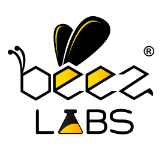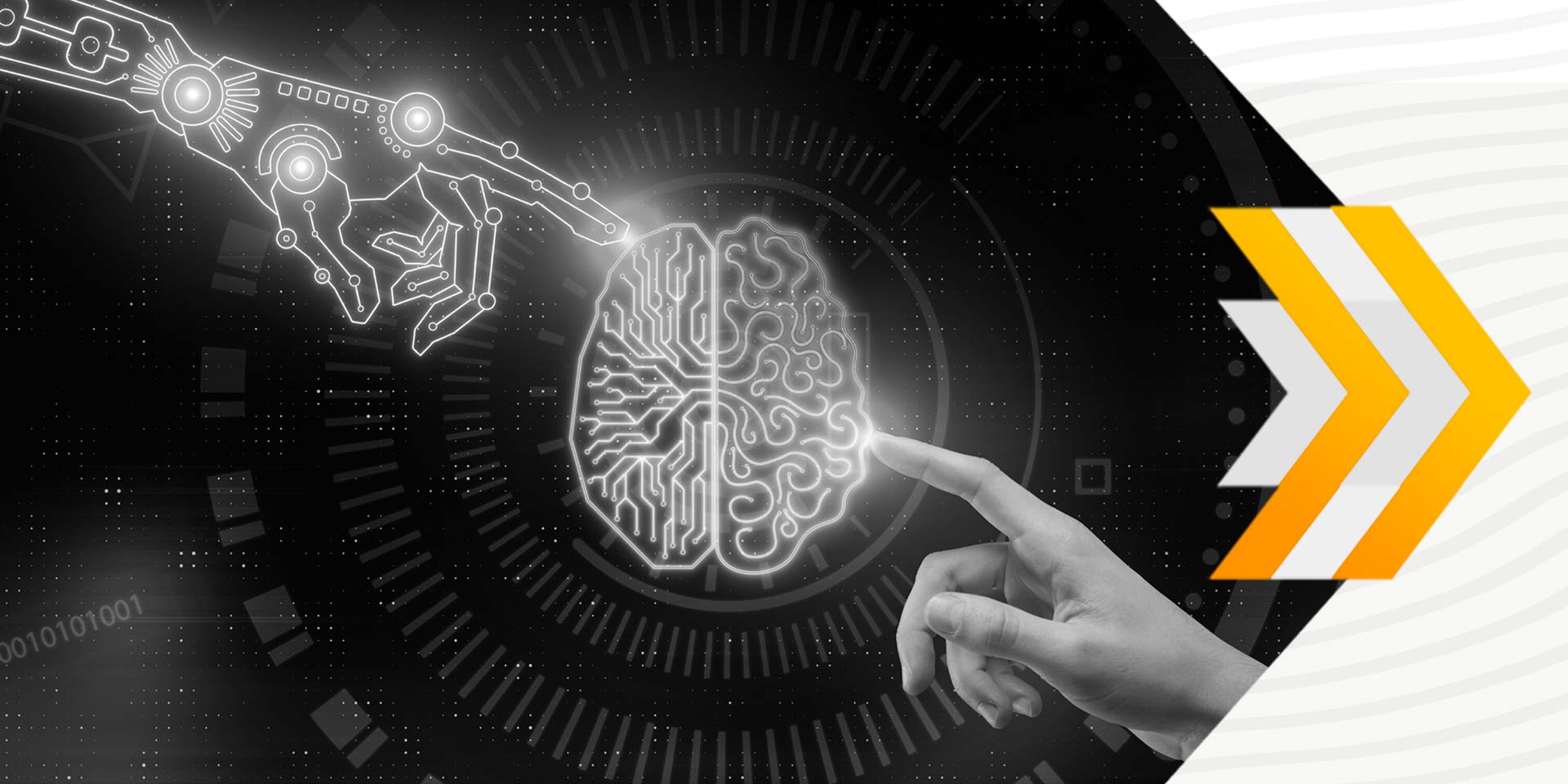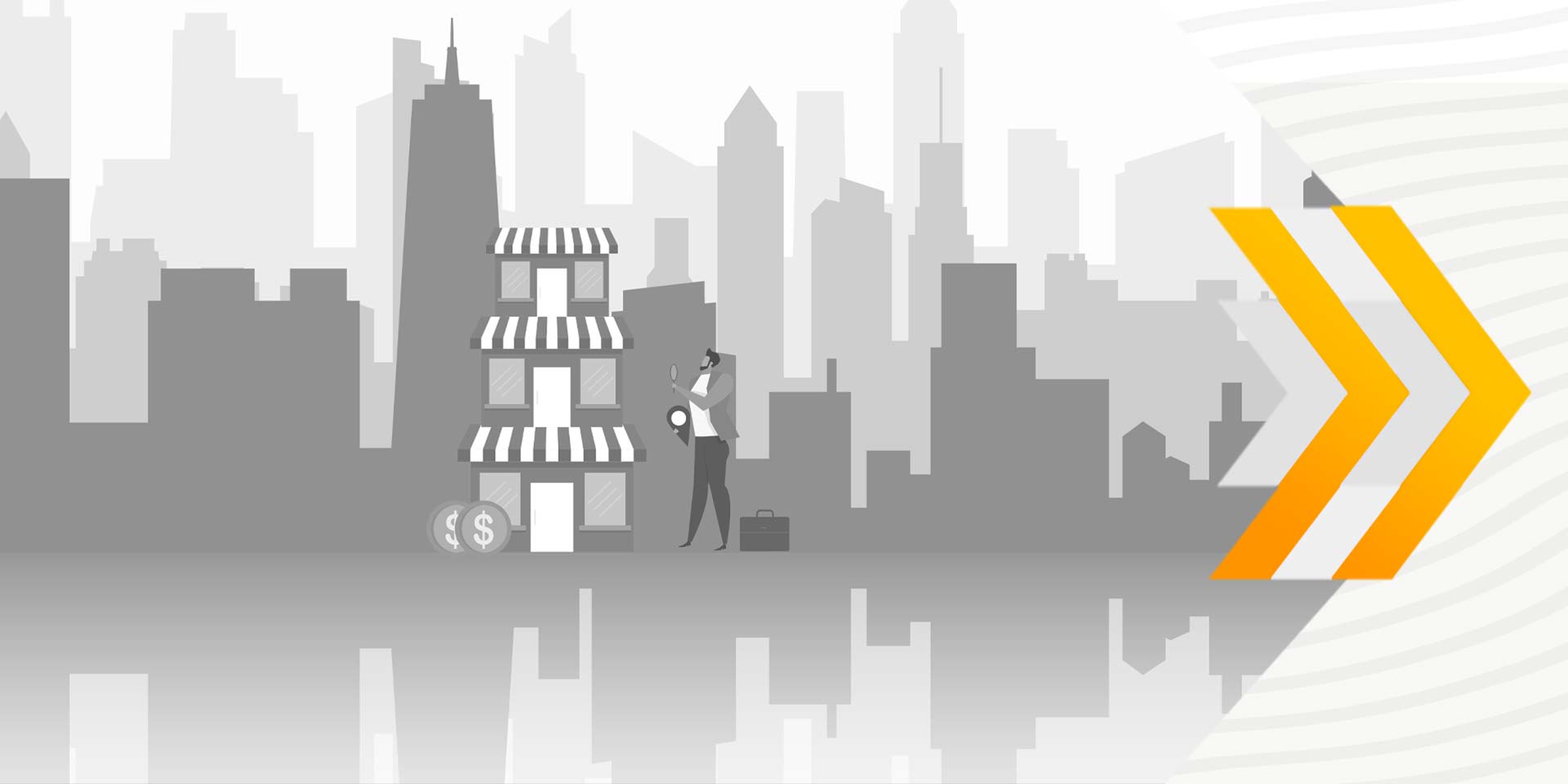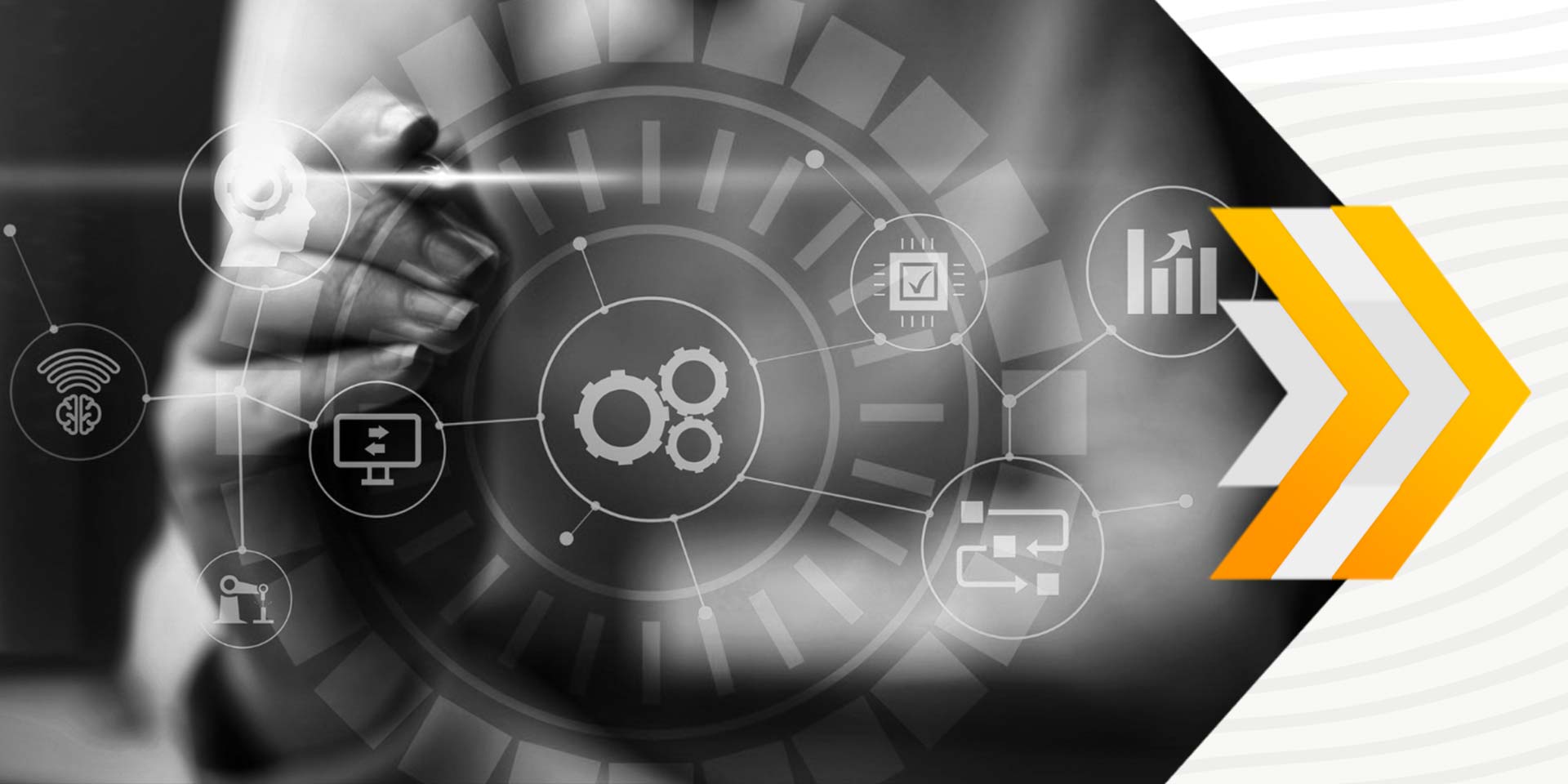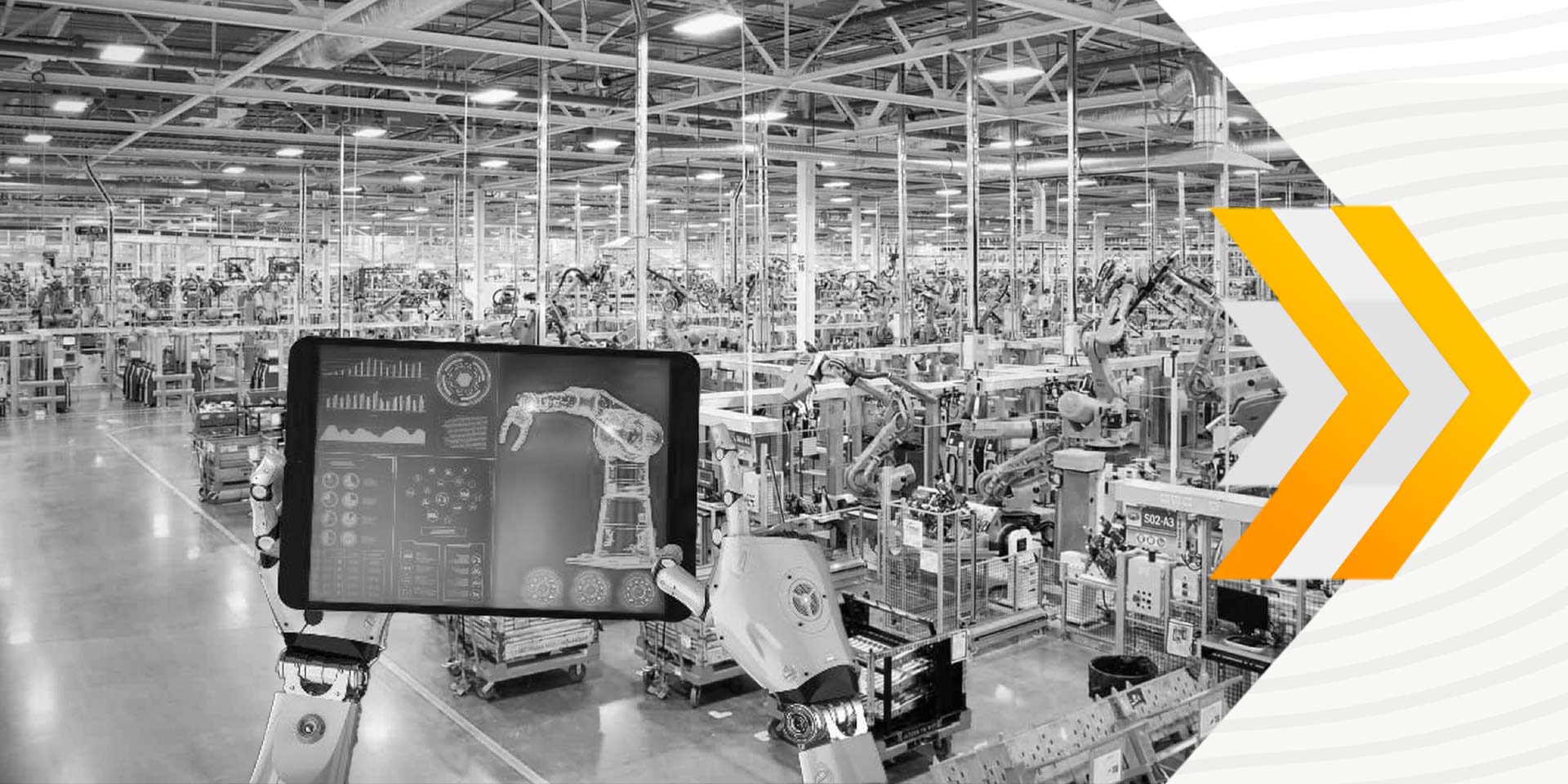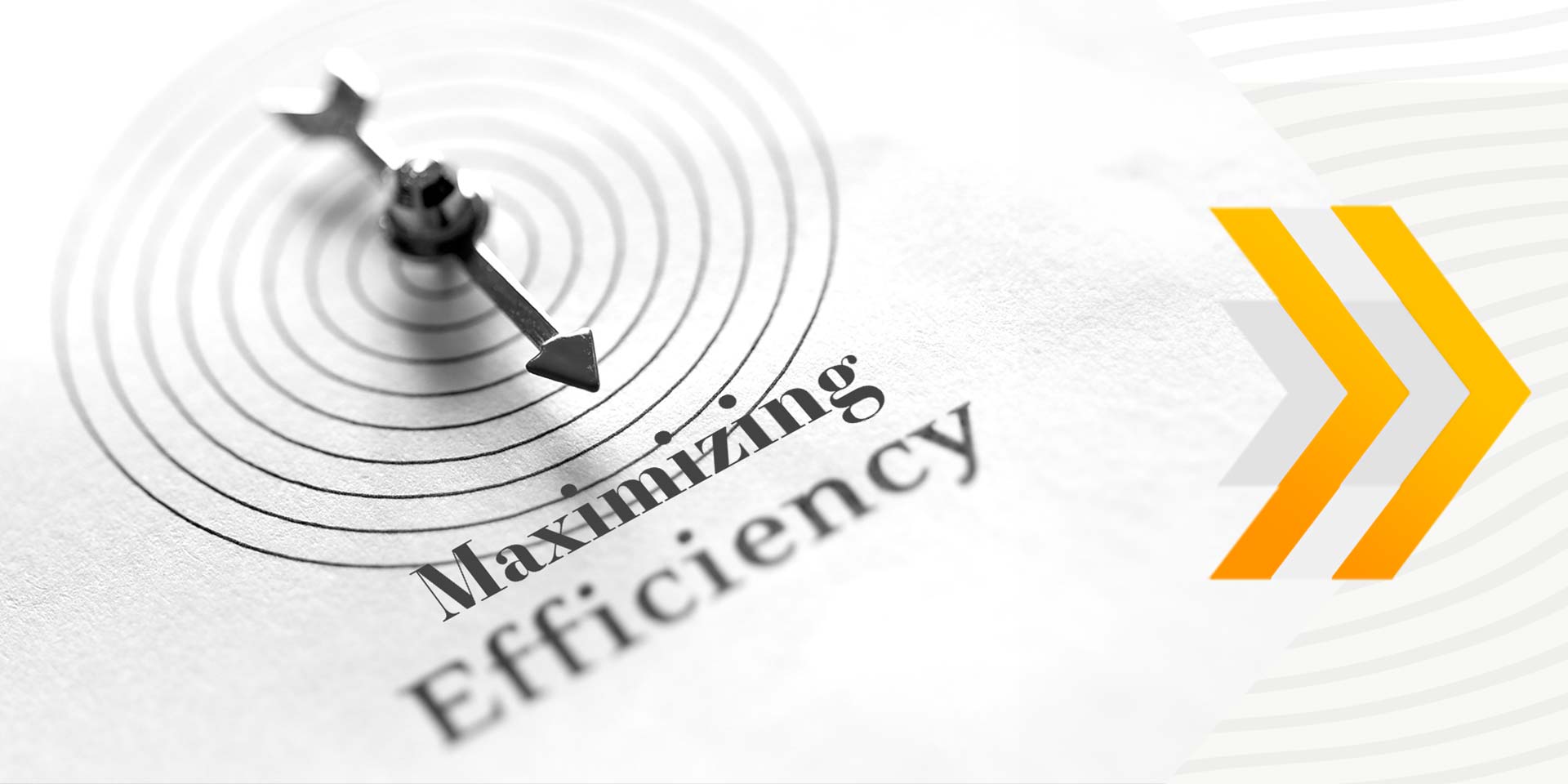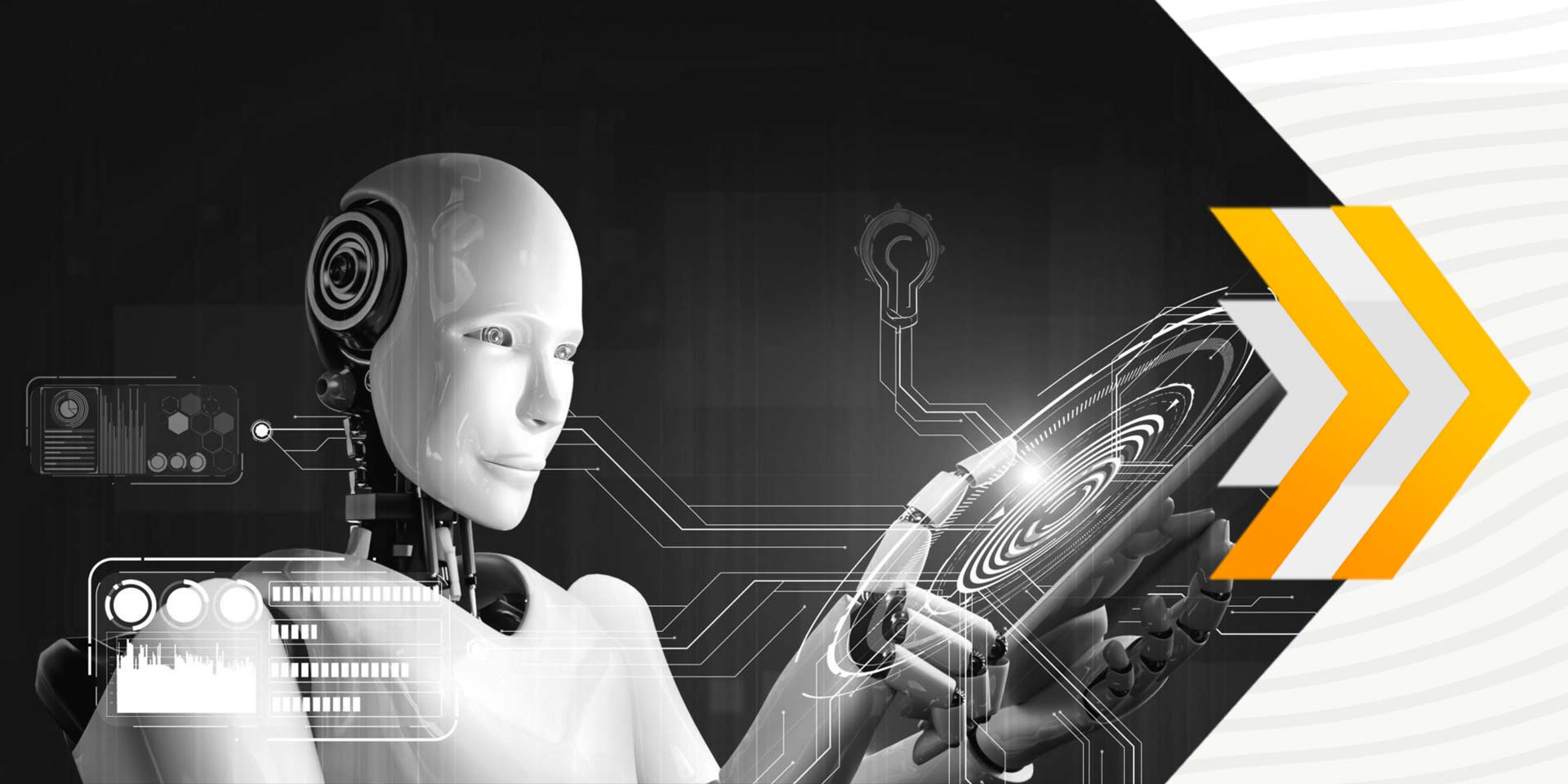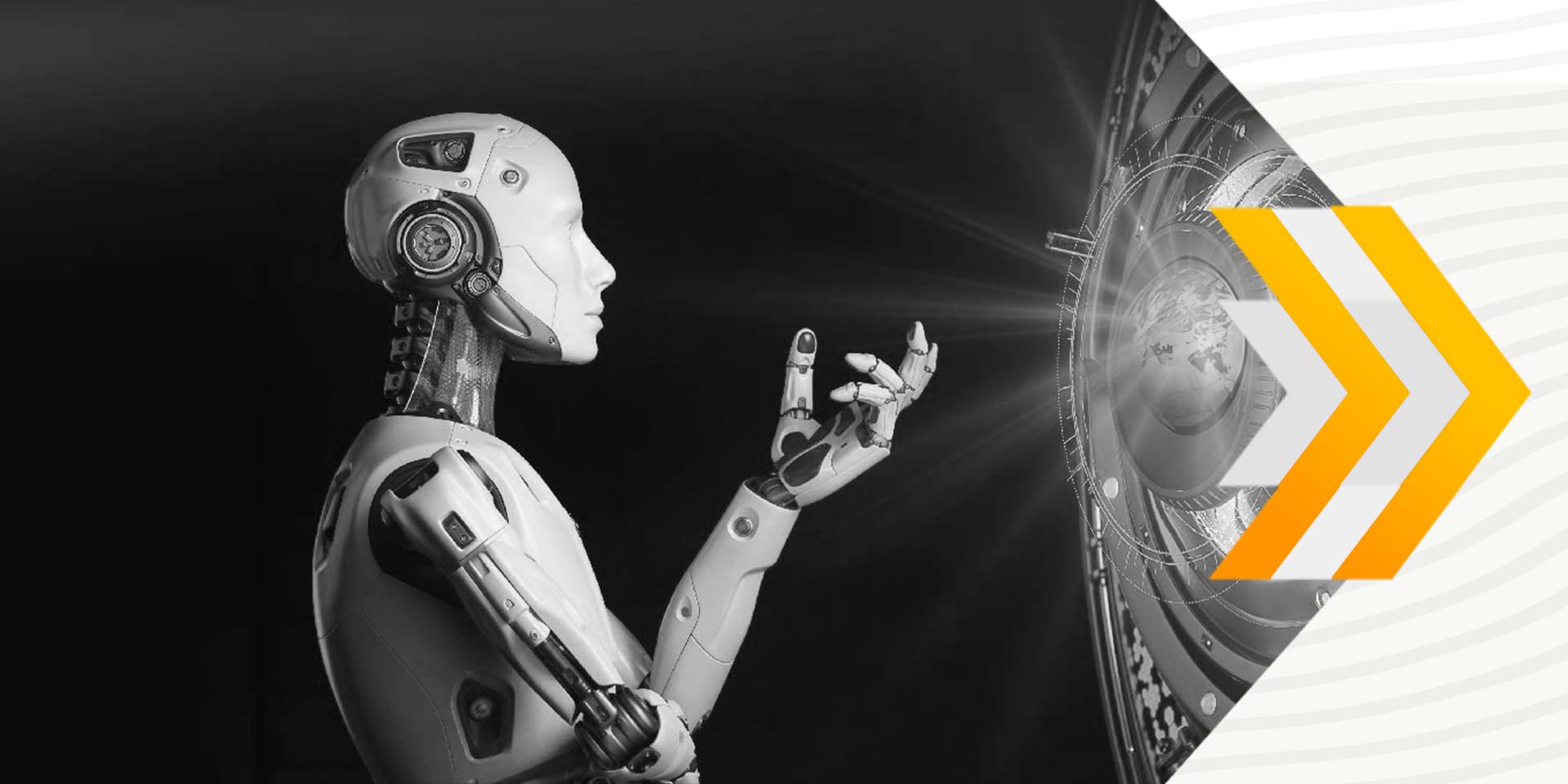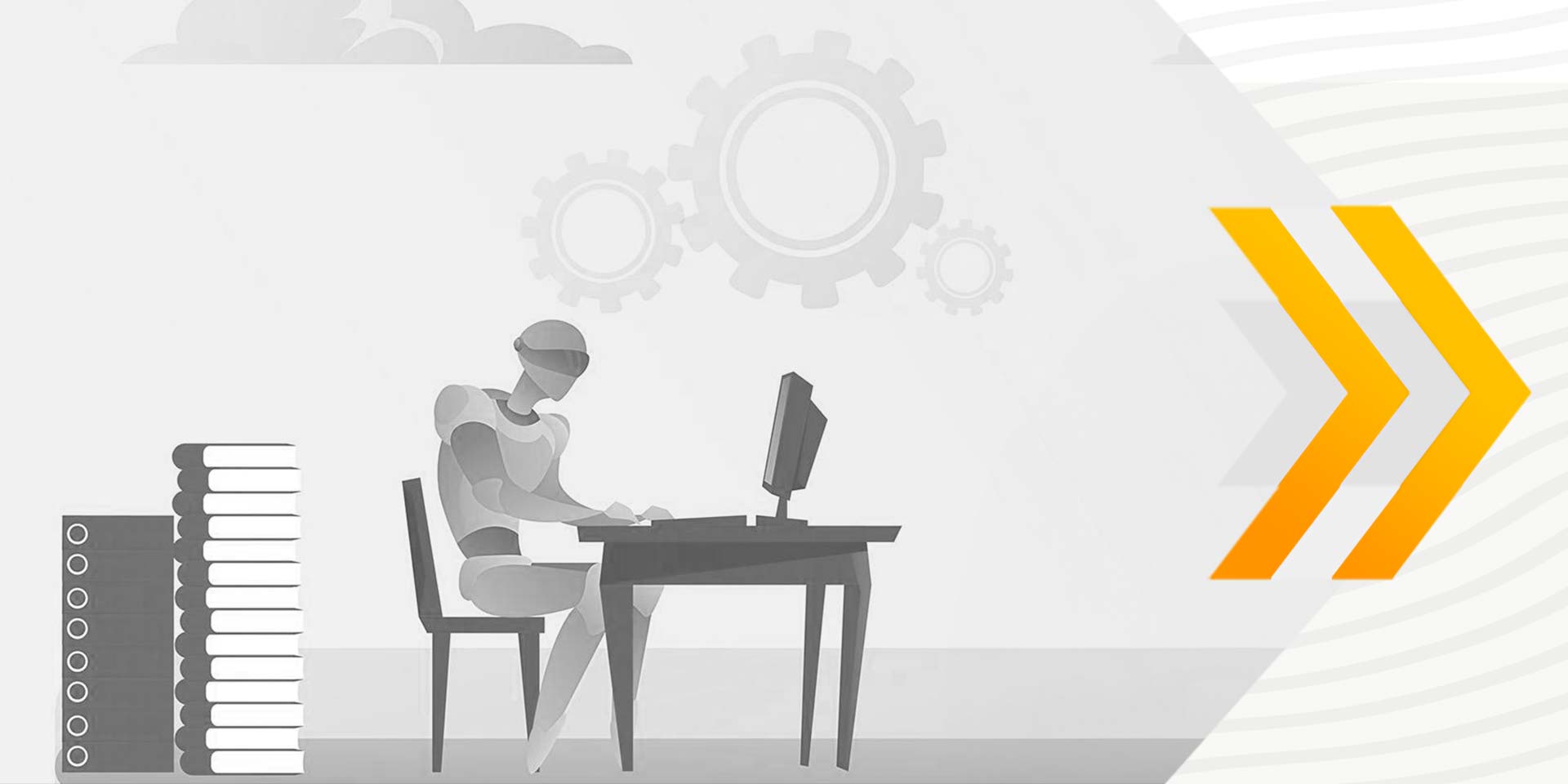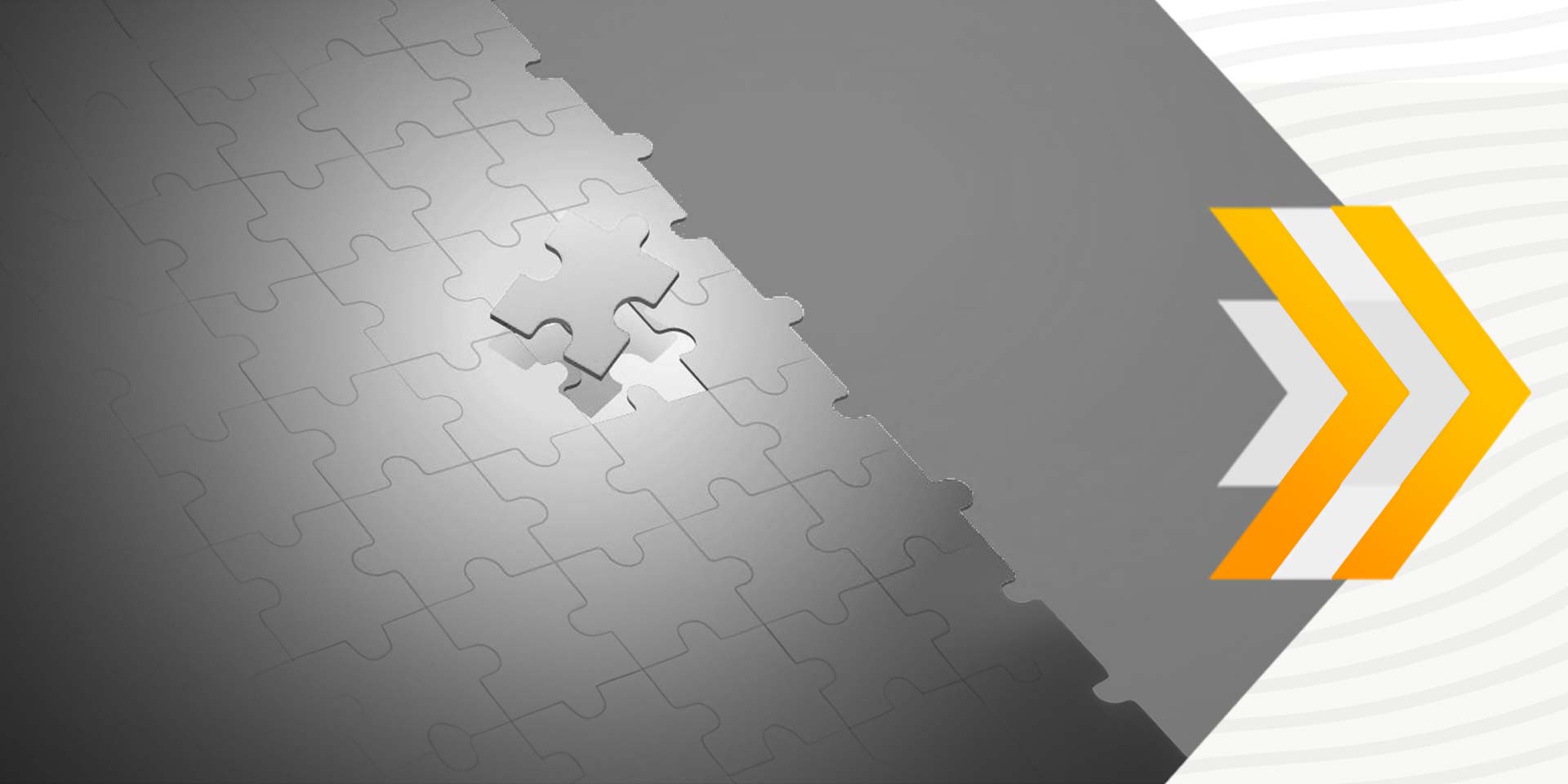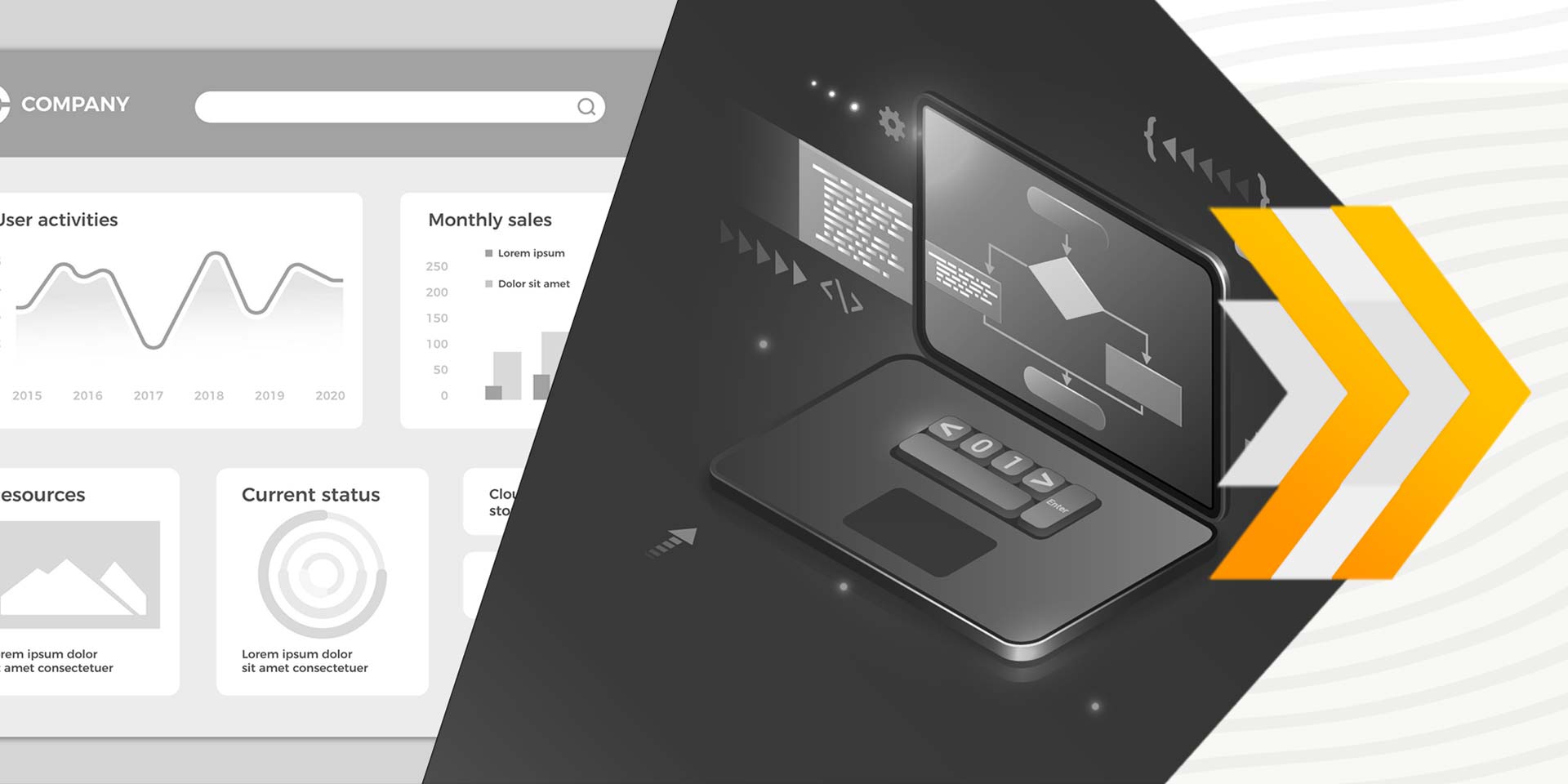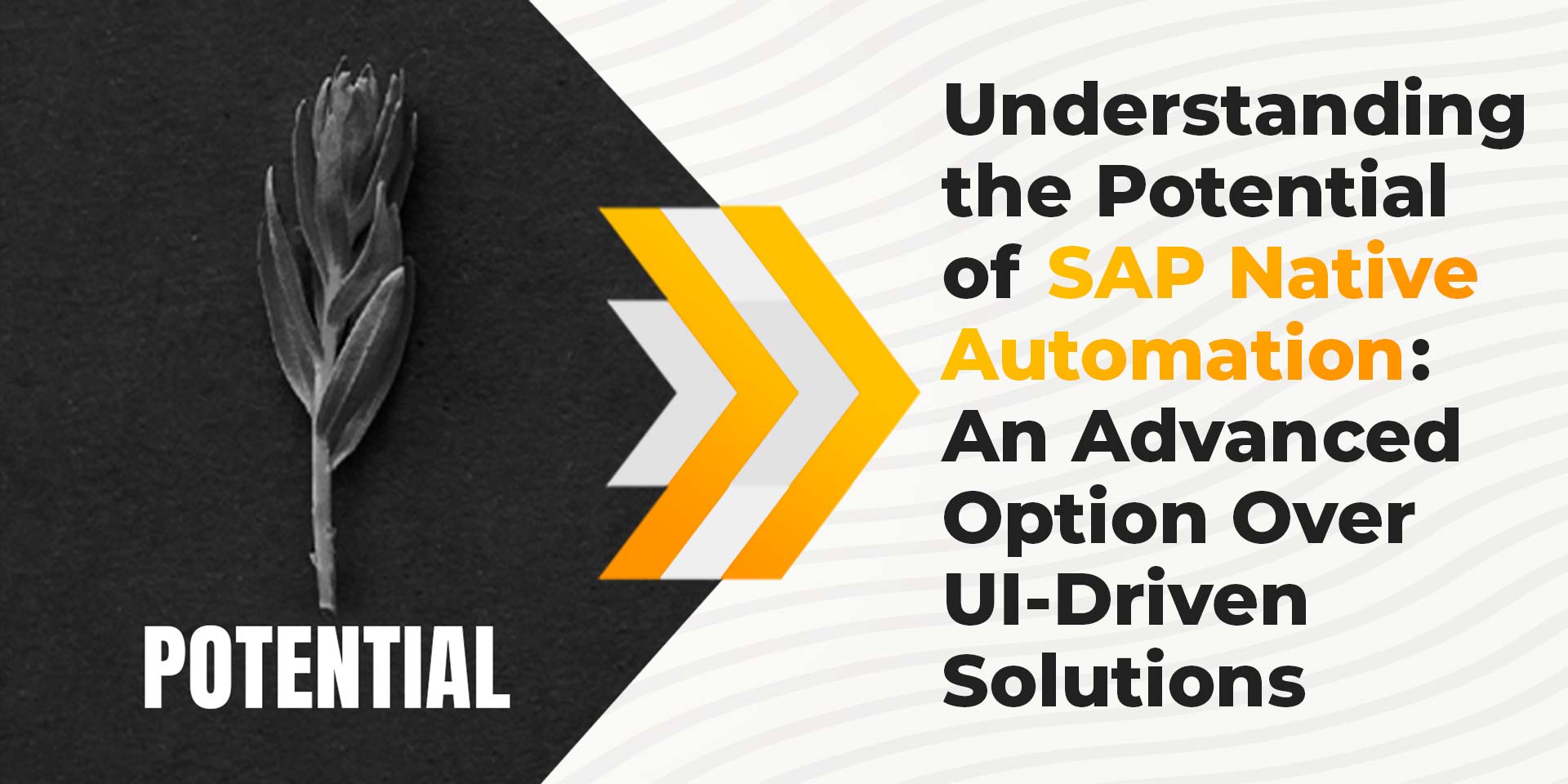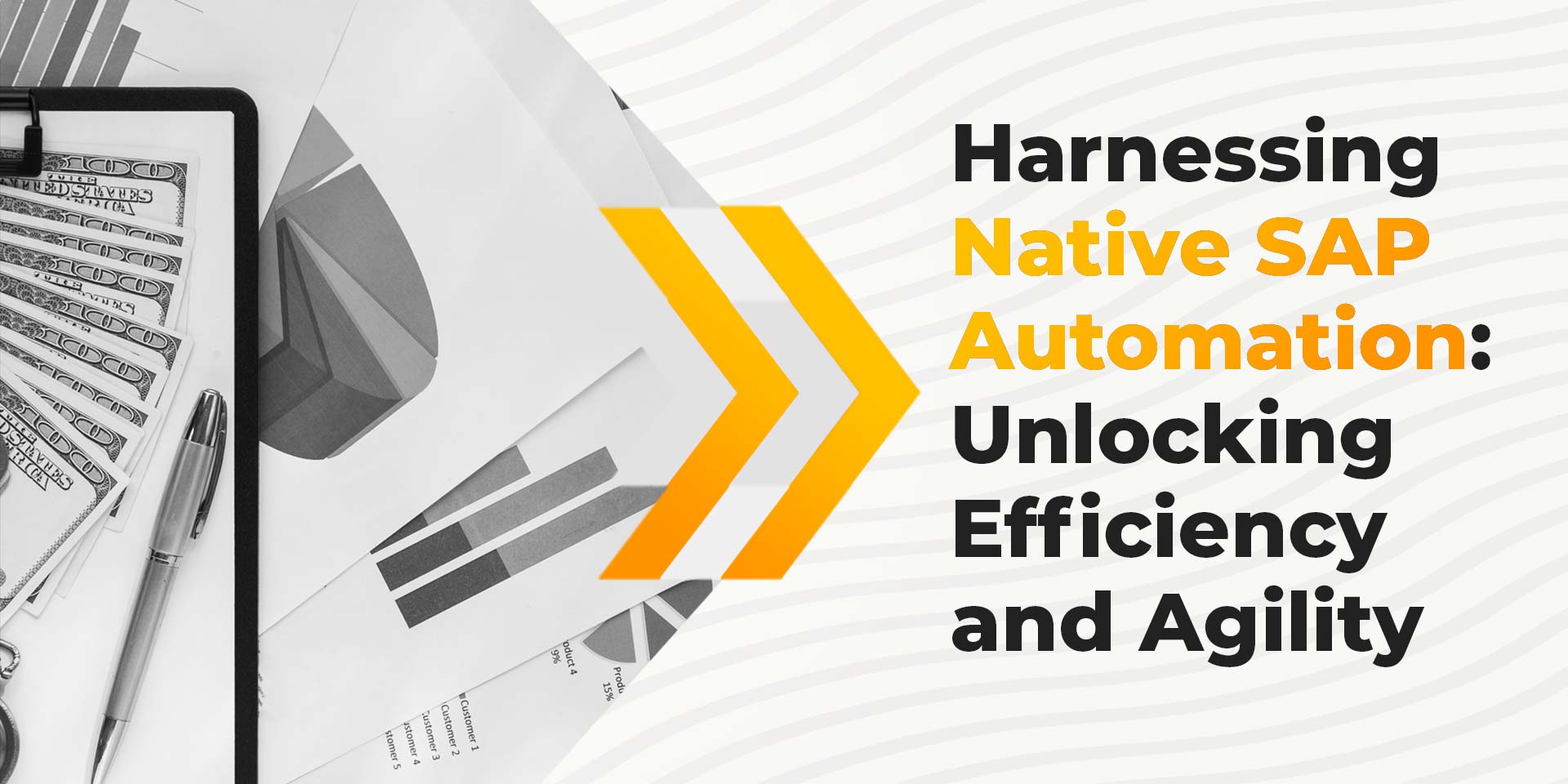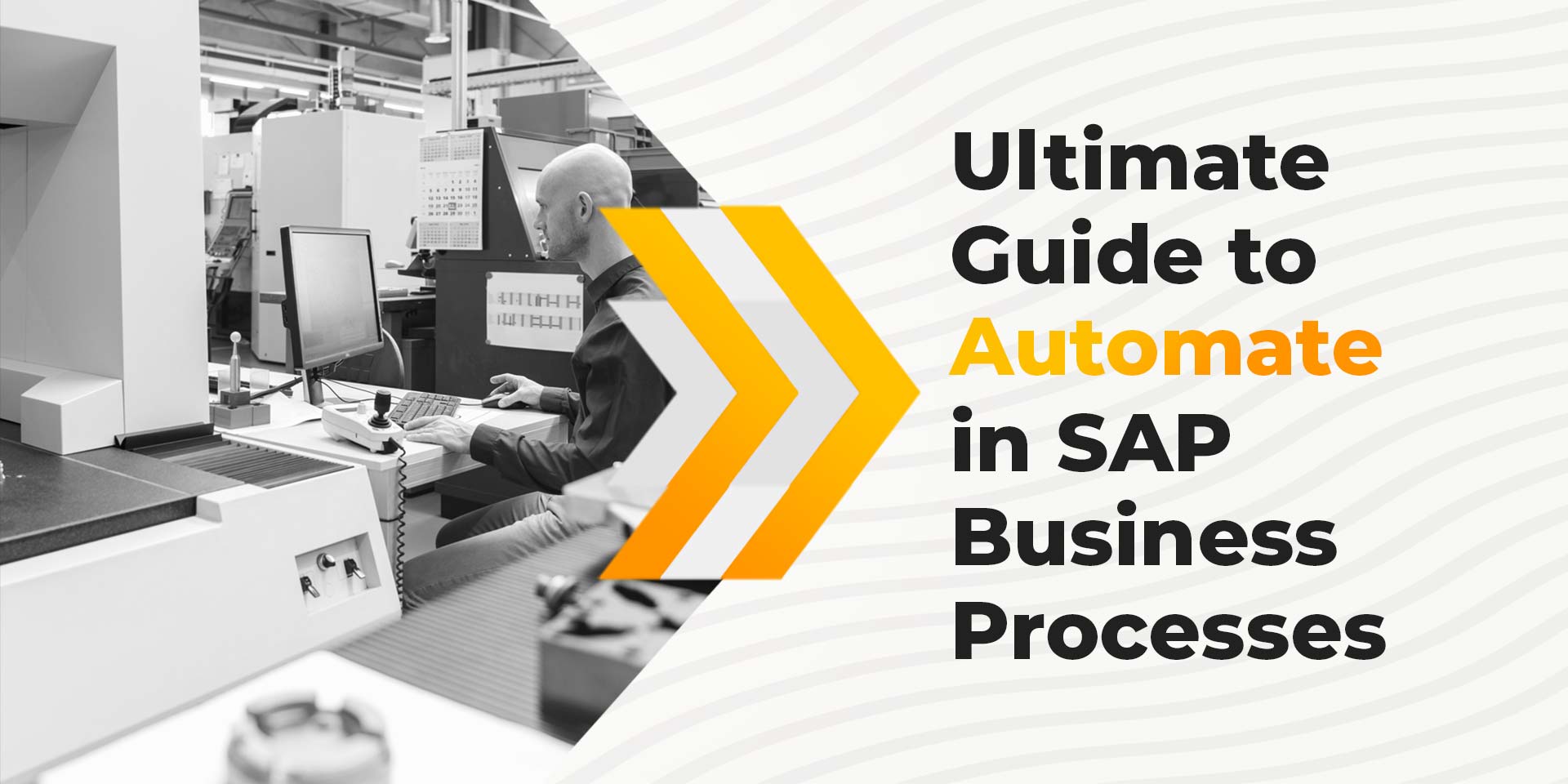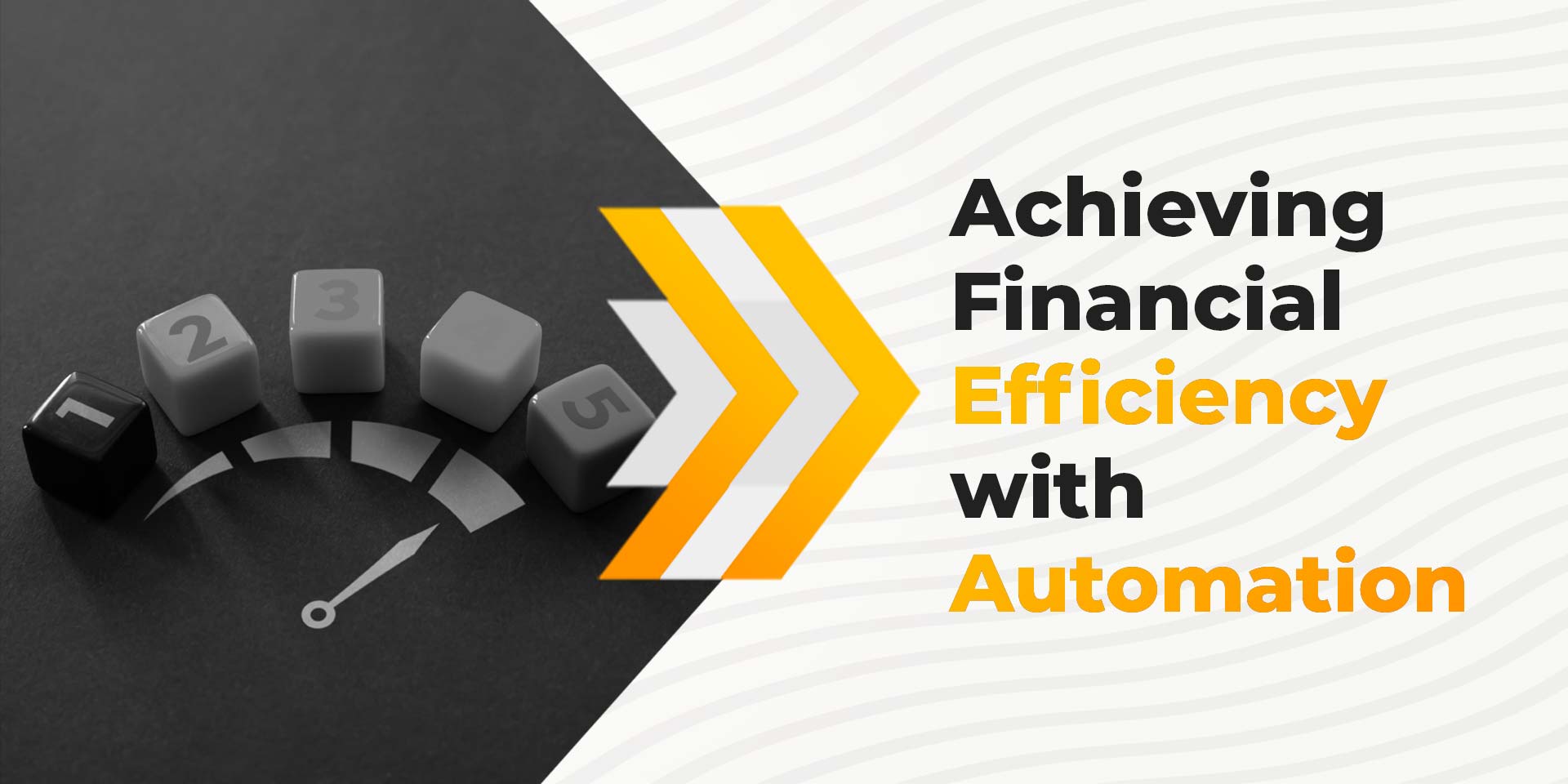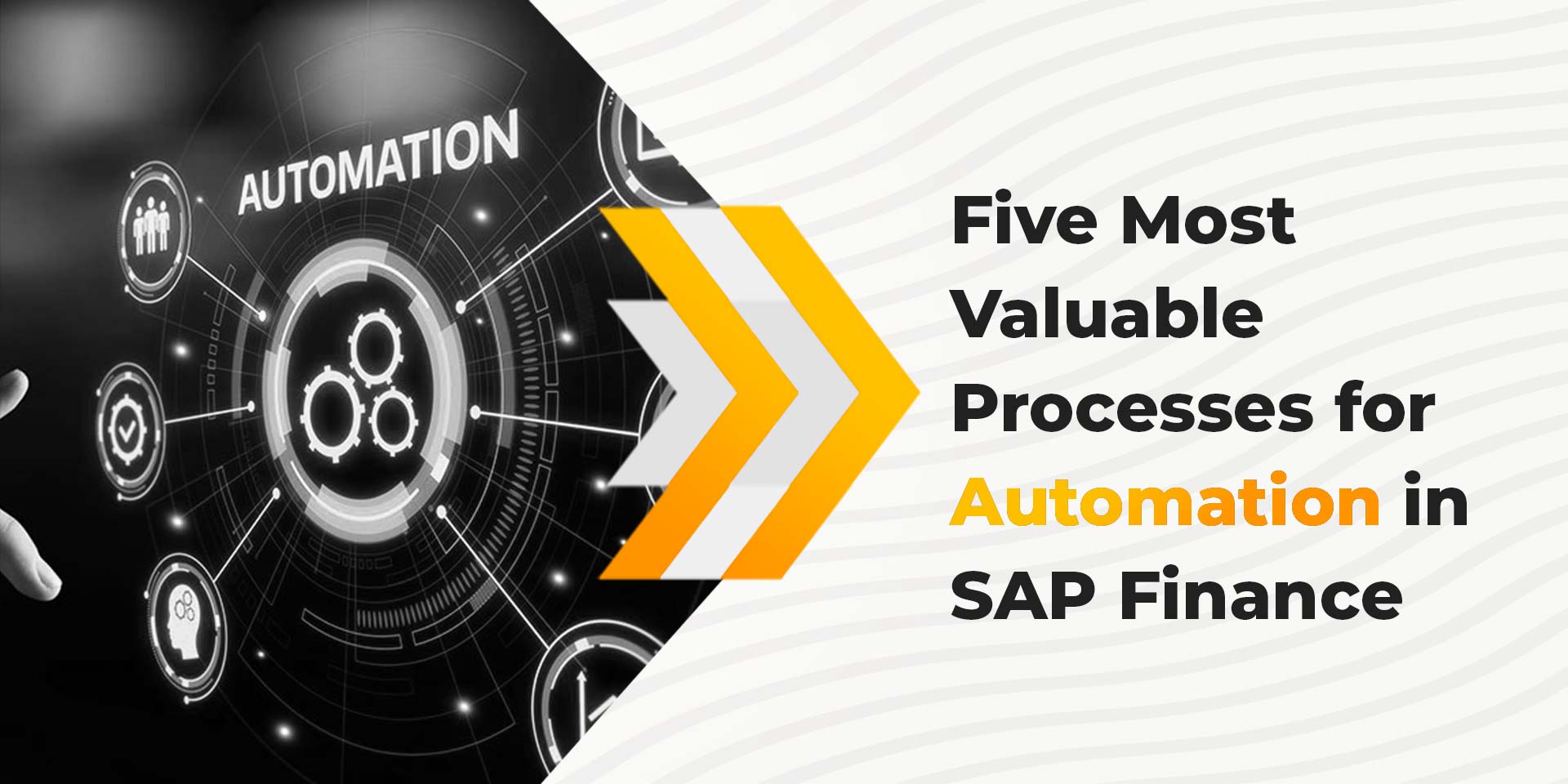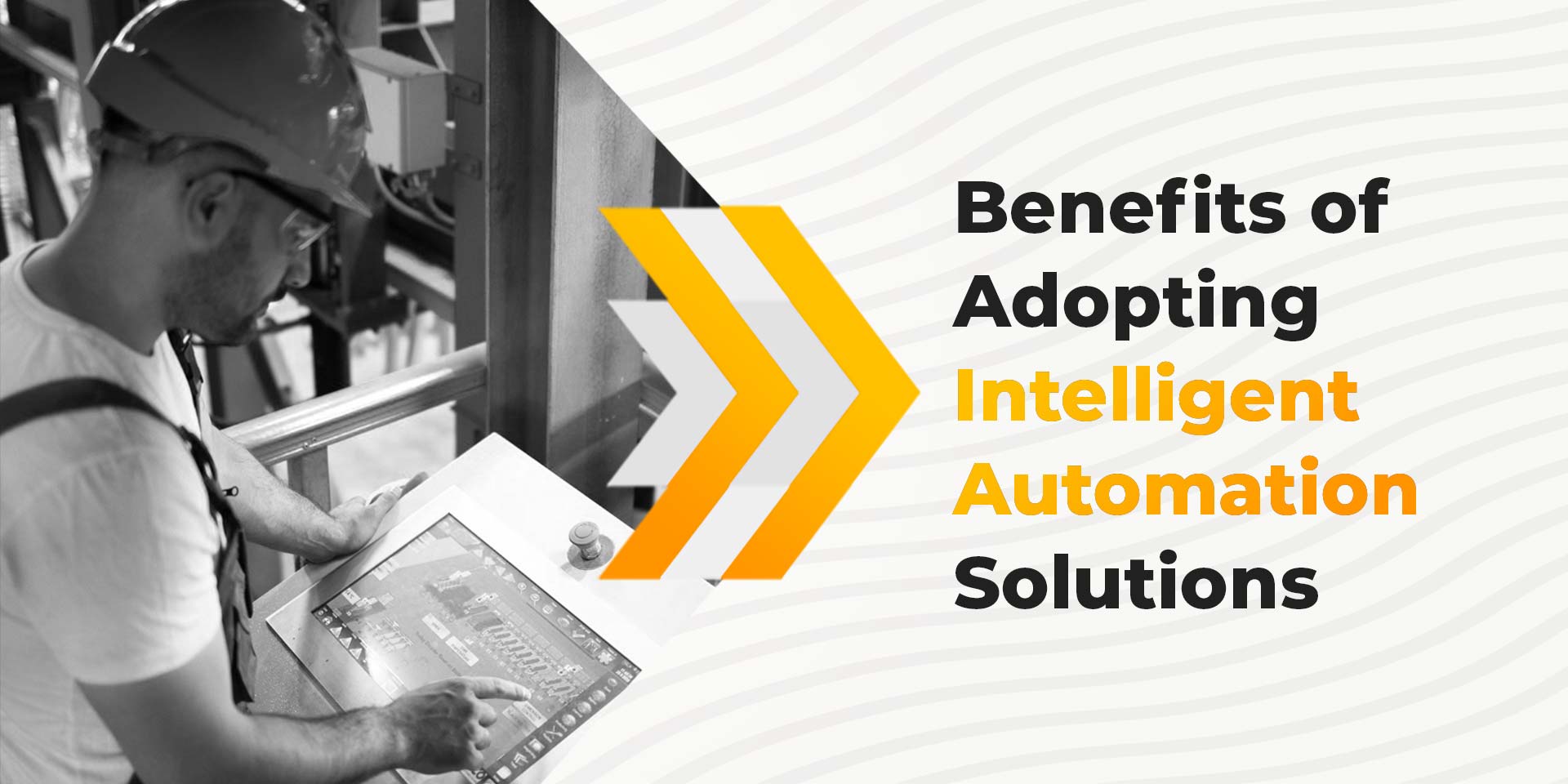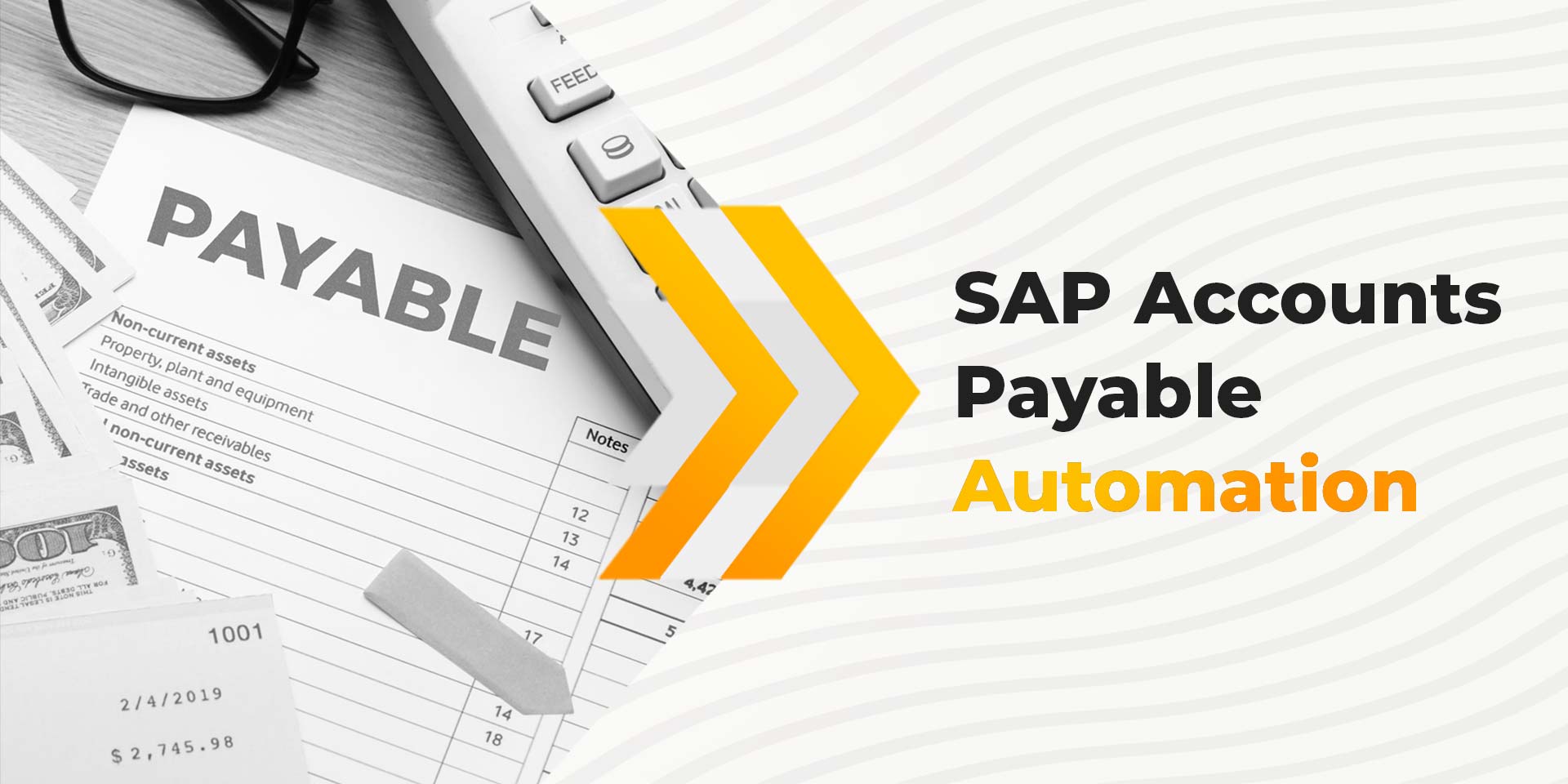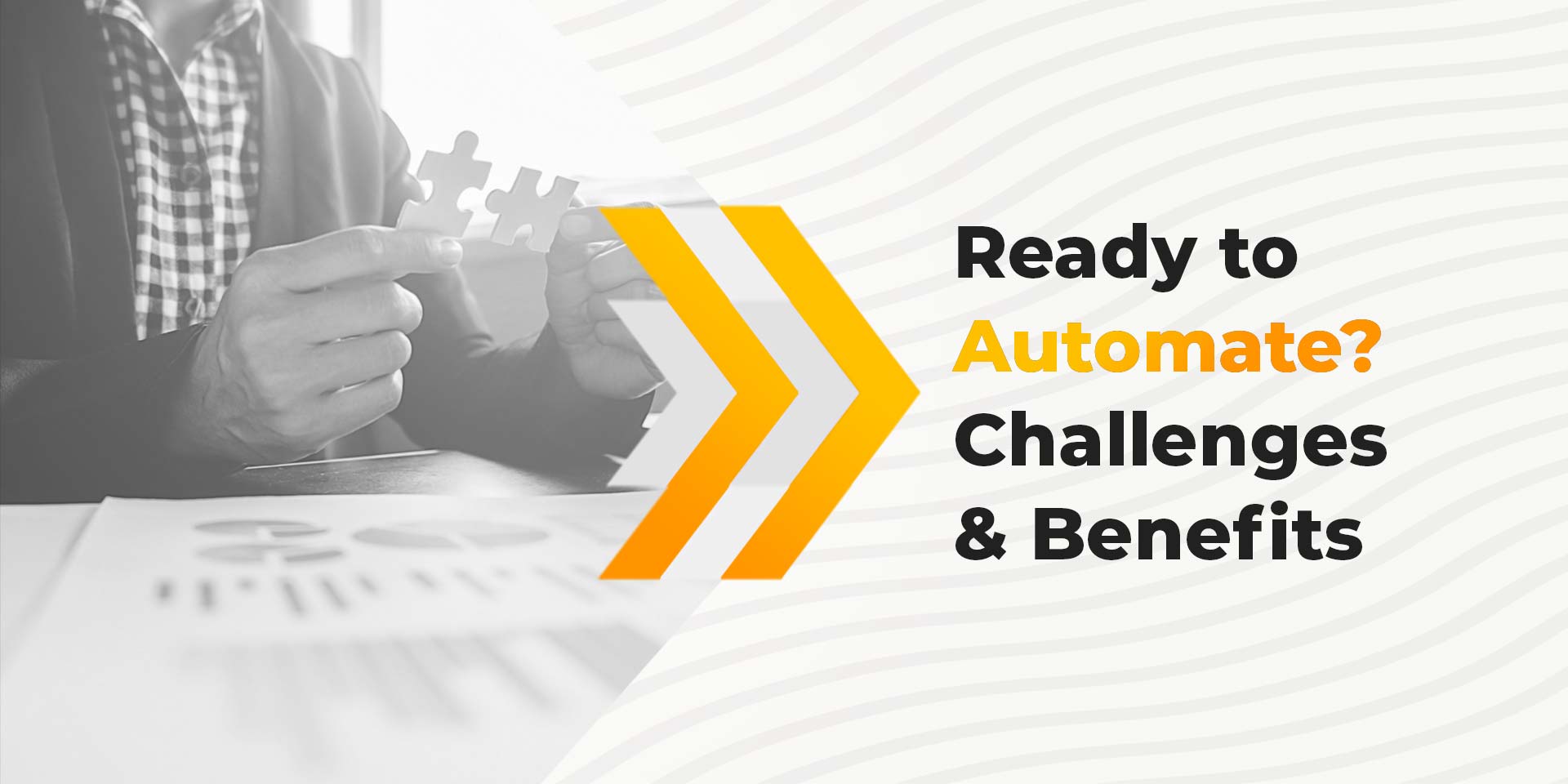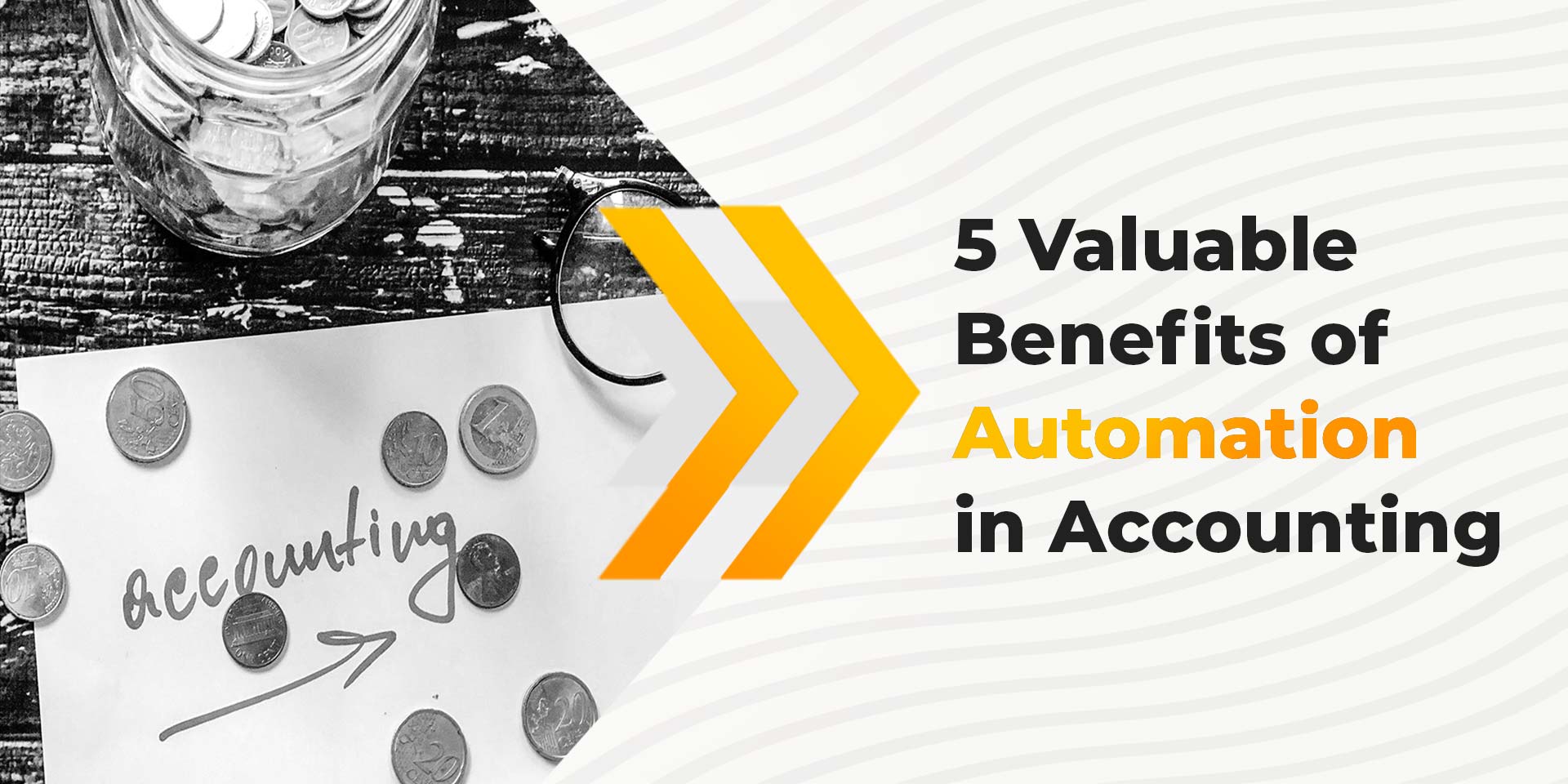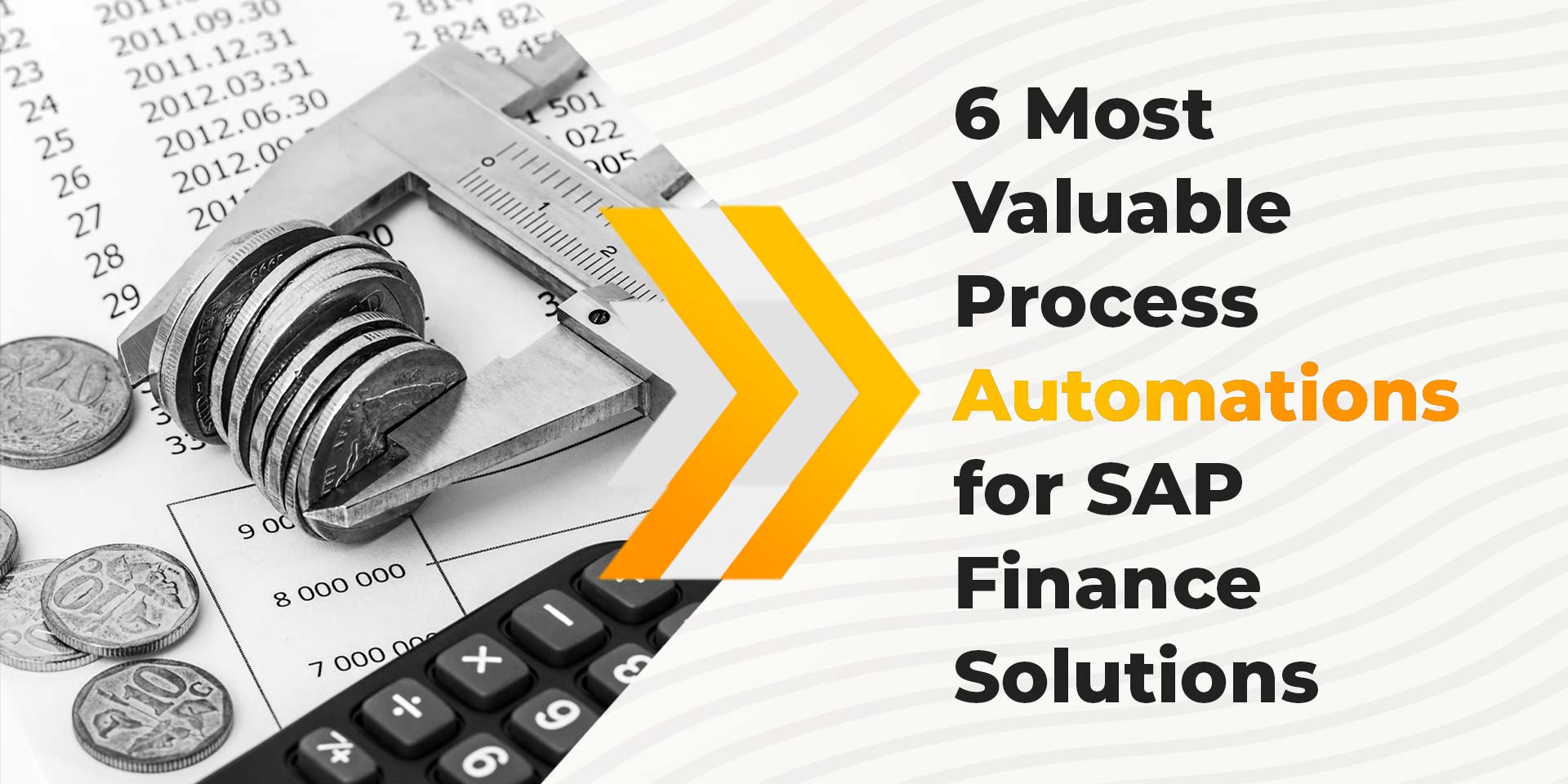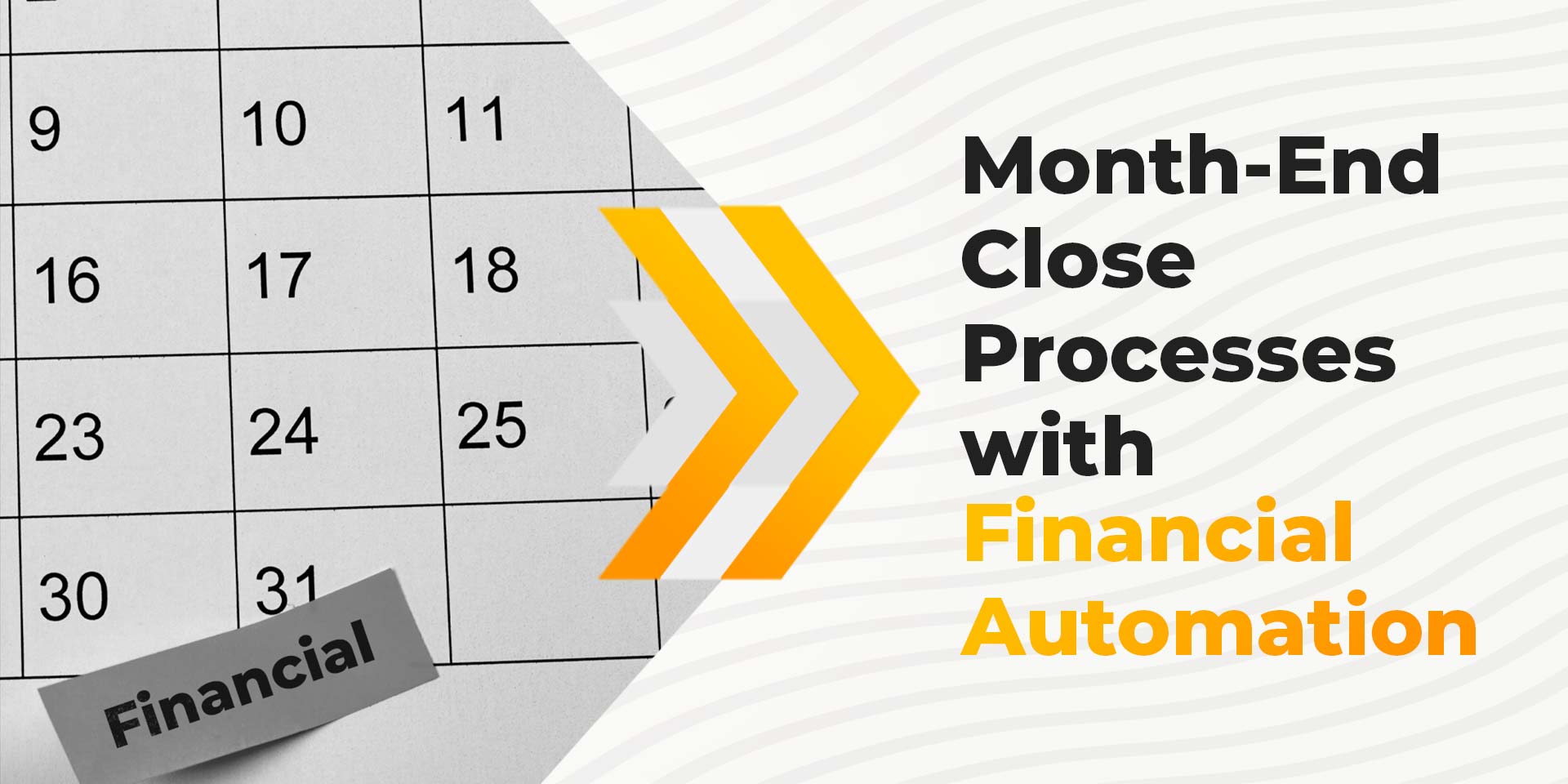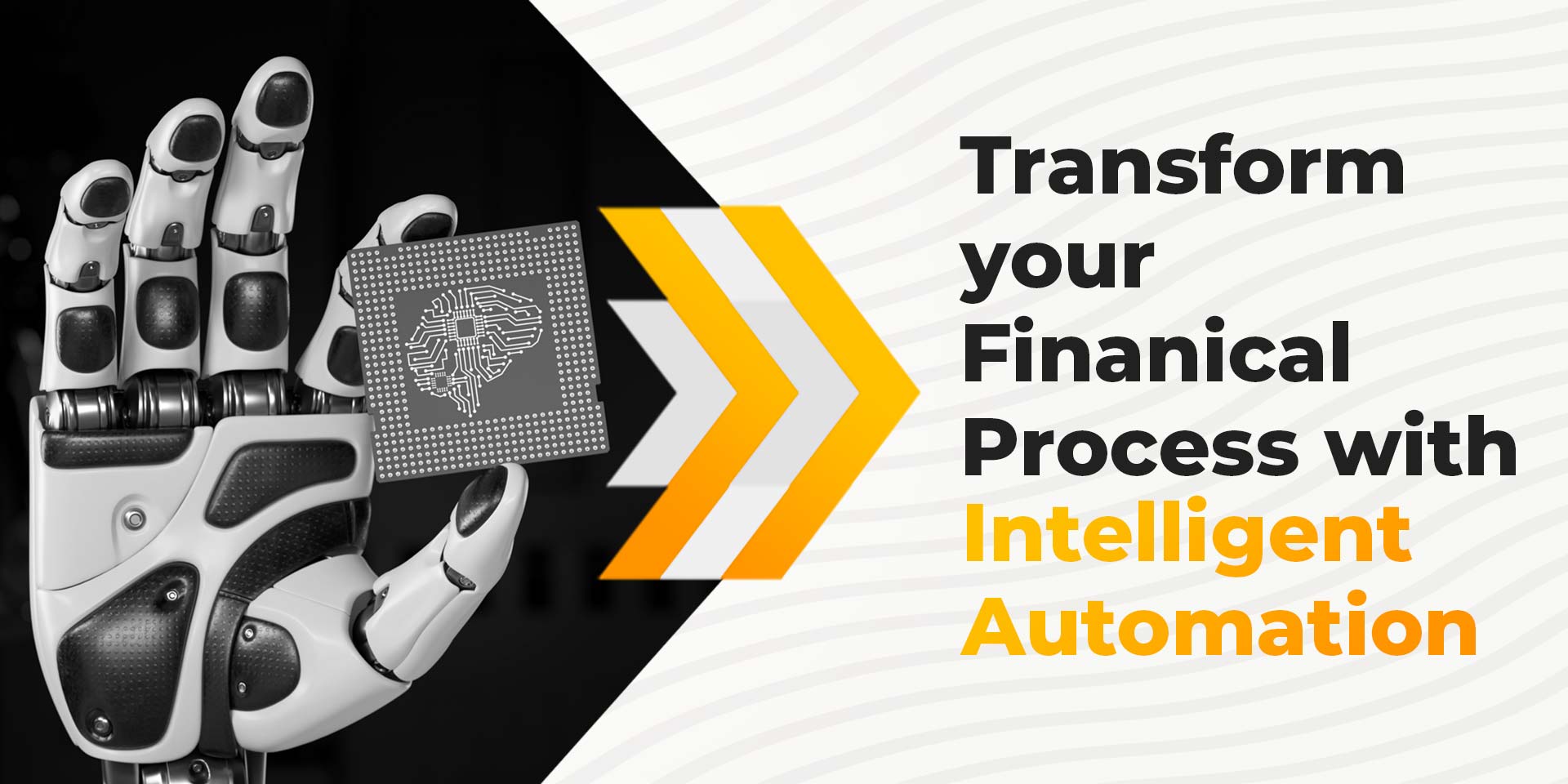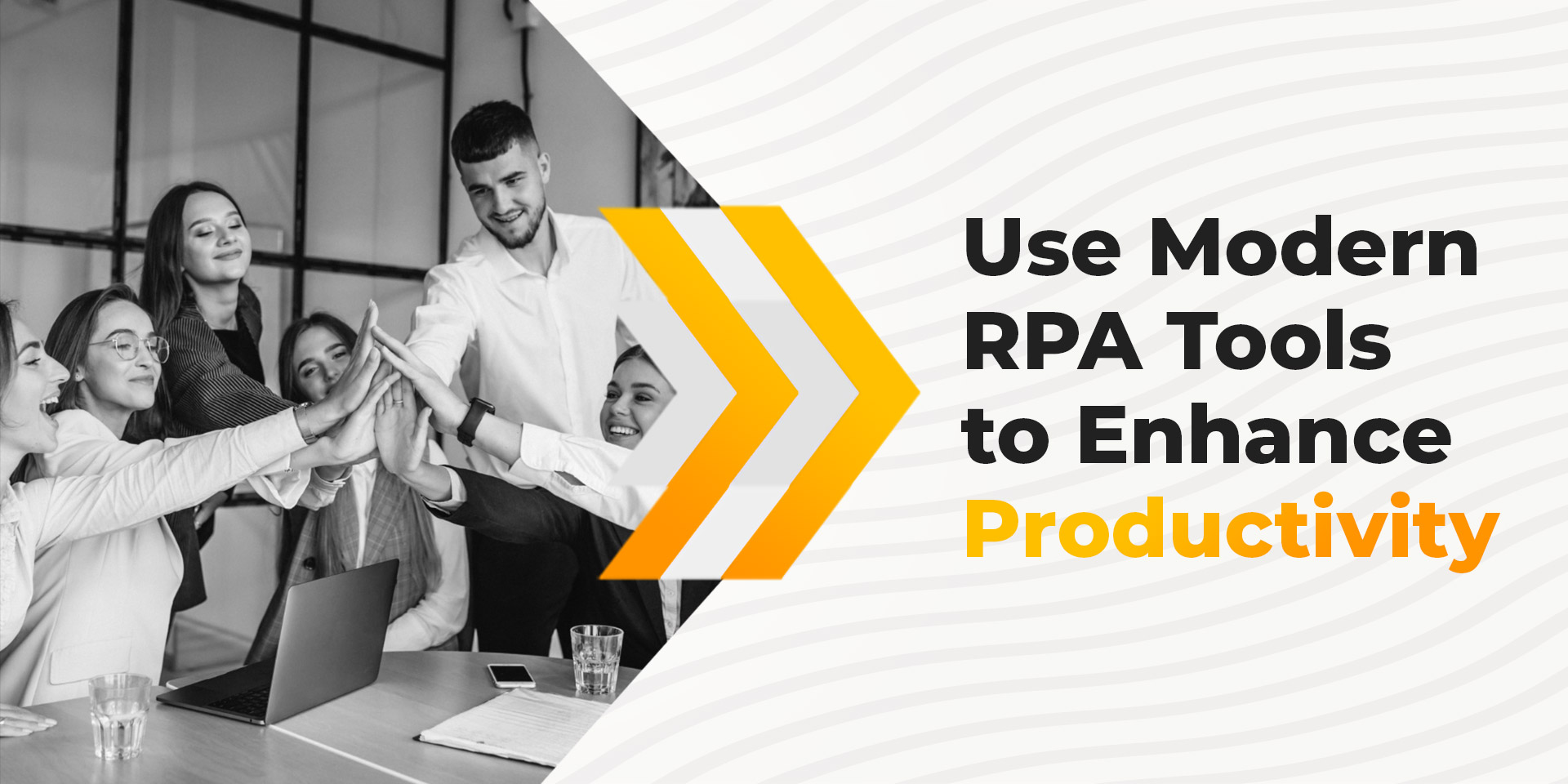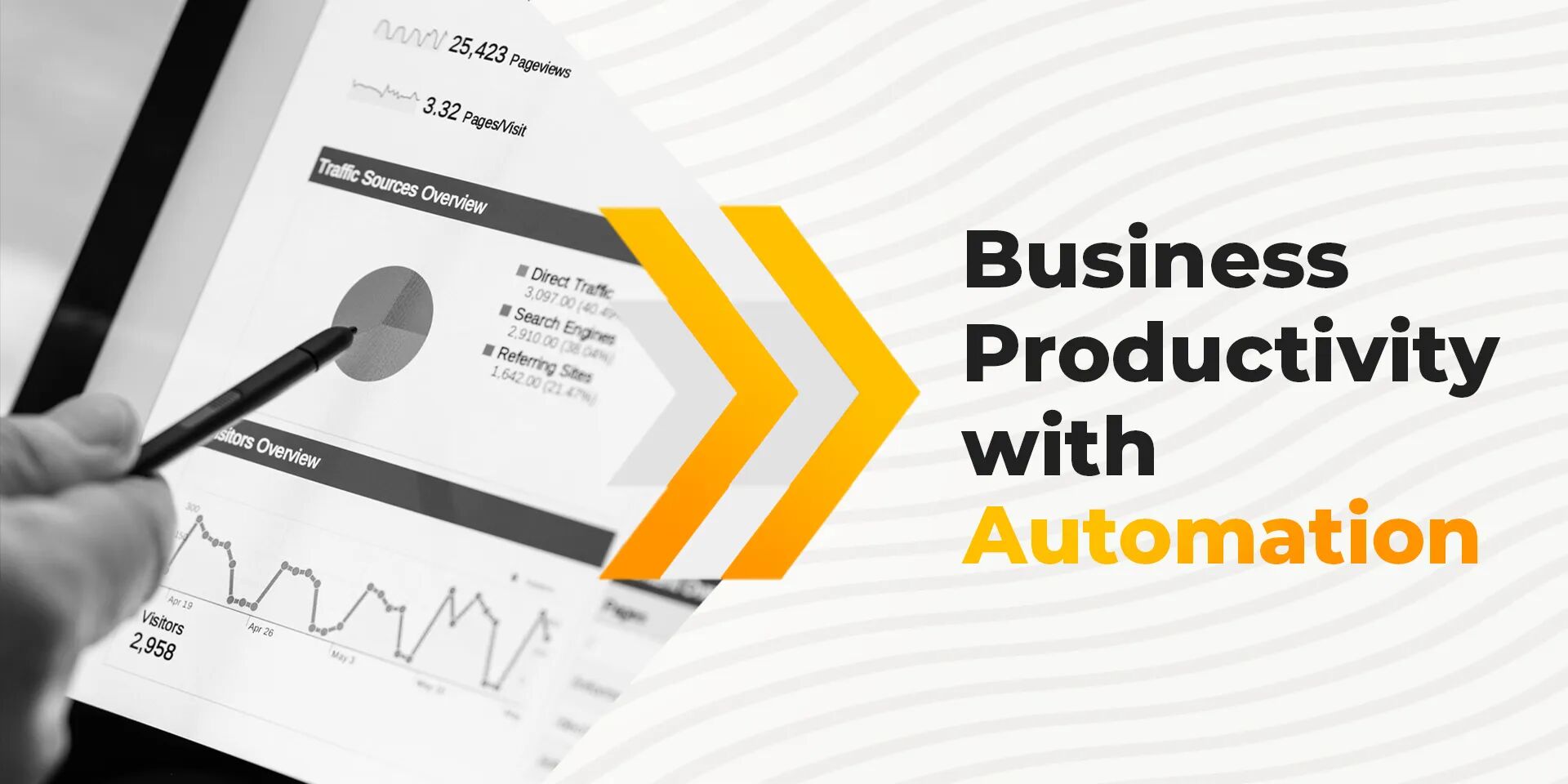Automation
Understanding the Total Cost of Ownership (TCO) of RPA Solutions


- Table of Contents
- Introduction
- Unveiling Hidden Costs
- 1. Licensing Costs
- 2. Implementation and Maintenance Costs
- 3. Training and Skill Development
- 4. Infrastructure and Integration
- 5. Monitoring and Compliance
- Calculating the Comprehensive TCO
- Conclusion
Introduction
In a world where efficiency and productivity are paramount, businesses are embracing innovative technologies like never before. Robotic Process Automation (RPA) has emerged as a transformative solution, promising streamlined workflows, reduced errors, and increased operational speed.
While the allure of RPA is undeniable, there's a not-so-secret aspect that often lurks beneath the surface: the Total Cost of Ownership (TCO). In this intriguing dive into the world of RPA, we'll unveil the hidden costs that are associated with RPA implementations so that enterprises can gauge better and avoid common pitfalls when selecting the right RPA solution.
Unveiling Hidden Costs
While the potential benefits of RPA are widely acknowledged, with 61% of organizations stating their expectations of cost reduction being met or exceeded, decision-makers must exercise prudence by delving into the concealed expenses that can accumulate during and after the implementation of RPA solutions.
- Licensing Costs
- Implementation and Maintenance Costs
- Training and Skill Development
- Infrastructure and Integration
- Monitoring and Compliance
At the forefront of expenditures are licensing costs, encompassing fees for the acquisition of the RPA software and the requisite licenses for operation. The pricing models can vary significantly – from per-bot or per-user licensing to hybrid structures. Organizations must assess their unique needs and accurately predict the number of licenses required to avoid over-provisioning or under-licensing.
Integrating RPA into existing workflows is not a plug-and-play endeavor. Implementation costs cover expenses tied to process analysis, bot development, and deployment. For instance in the SAP ecosystem, native SAP automation can be used to streamline processes and reduce manual intervention. However, organizations should factor in additional costs.
Maintenance costs are often underestimated. Similar to any software, RPA solutions demand regular updates, patches, and bug fixes. Furthermore, as business processes evolve, bots might necessitate reconfiguration or redeployment, amplifying the maintenance overhead.
The introduction of RPA technology necessitates a new set of skills within the workforce – those of bot operators and RPA developers. Imparting training to employees who will interact with the bots or oversee their operations is pivotal. Organizations may need to invest in comprehensive training programs to familiarize their staff with the nuances of RPA technology. Moreover, cultivating a team of RPA developers or collaborating with RPA solutions adds to the financial equation.
A frequently underestimated aspect of TCO is the infrastructure essential to support RPA deployments. Bots require computing resources for optimal performance. Depending on the scale of automation, this demand could trigger increased requirements for servers, storage, and networking equipment.
Moreover, seamless integration with existing IT systems and applications is paramount. Integration costs can escalate in intricate enterprise environments, where bridging the gap between RPA solutions and legacy systems might necessitate custom development and middleware.
Once bots are operational, continual monitoring becomes critical to identify and rectify anomalies. Monitoring tools and resources contribute to the TCO by ensuring bots fulfill intended outcomes and meet performance benchmarks. Furthermore, adherence to industry regulations and data protection standards is indispensable. Guaranteeing that automated processes comply with regulatory guidelines could entail additional investments in terms of tools, processes, and audits.
Calculating the Comprehensive TCO
Understanding the genuine TCO of RPA solutions involves a comprehensive approach transcending basic cost accounting. It requires meticulous scrutiny of the entire automation lifecycle – from inception and development to deployment, maintenance, and eventual retirement.
To attain a holistic perspective, decision-makers should follow these steps:
- Evaluating Existing Processes:
- Anticipating Scalability Needs:
- Incorporating Customization:
- Budgeting for Training and Upskilling:
- Including Maintenance and Upgrades:
- Accounting for Infrastructure and Integration:
- Monitoring and Compliance:
Begin by identifying processes suitable for automation. Evaluate each process's complexity and potential impact on efficiency and costs.
Consider the solution's scalability. Will it accommodate growth and evolving requirements? Scaling may entail additional licenses, infrastructure, and resources.
While pre-built automation modules might seem economical, customization is often unavoidable. Allocate resources for tailoring the solution to align with the organization's specific needs.
Dedicate funds for training the workforce, ensuring they can interact effectively with bots and manage exceptions.
Factor in ongoing costs for maintaining and updating the RPA solution, including software updates, bug fixes, and process enhancements.
Plan for the necessary infrastructure to support the RPA solution and integration with existing systems.
Consider the resources required for continuous monitoring of bot performance and ensuring regulatory compliance.
By considering these factors, decision-makers can arrive at a more precise estimation of the TCO of RPA solutions. This comprehensive approach empowers organizations to make informed decisions aligned with budget constraints and strategic objectives.
Conclusion
Robotic process automation solutions present undeniable benefits in terms of increasing productivity, accuracy, and cost reduction. Yet, making wise decisions necessitates transparency in understanding the complete Total Cost of Ownership. By considering licensing, implementation, maintenance, training, infrastructure, and compliance costs, organizations can sidestep unforeseen pitfalls. RPA, when approached with a clear grasp of its TCO, emerges as a potent tool for achieving intelligent automation and streamlining business processes.
